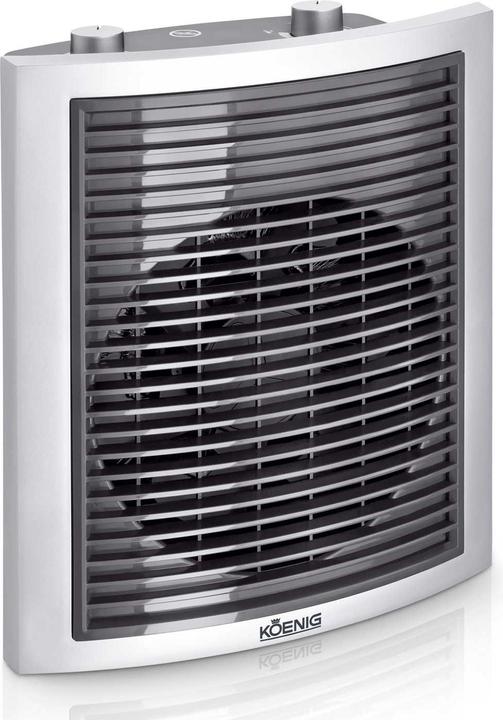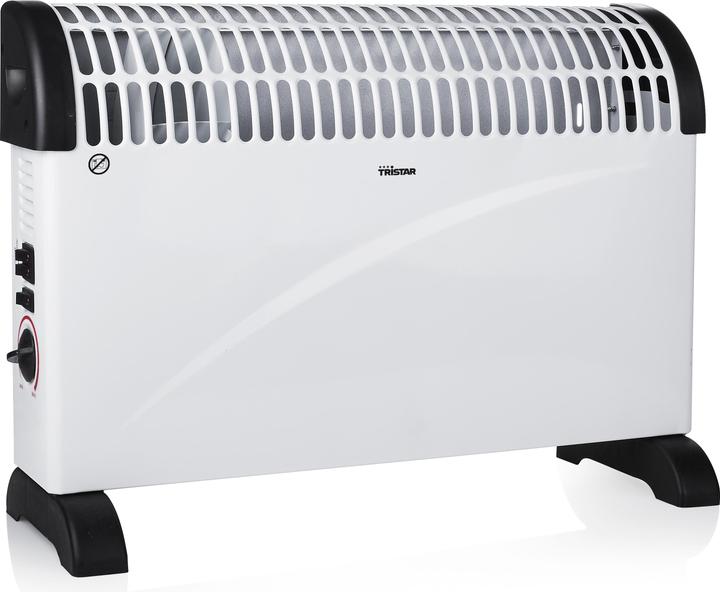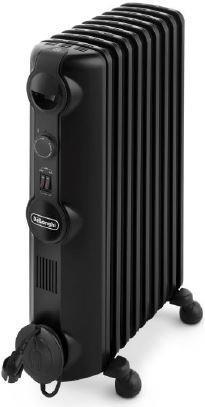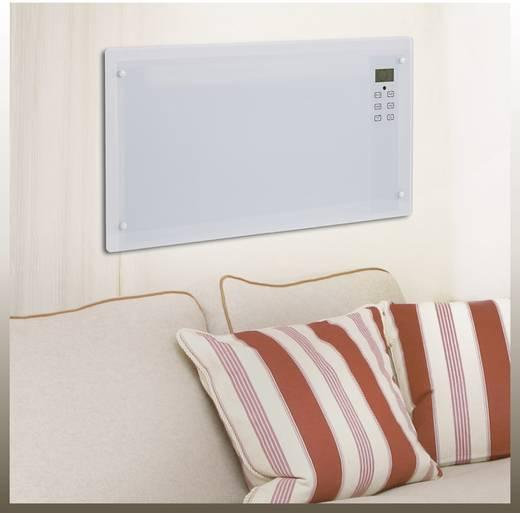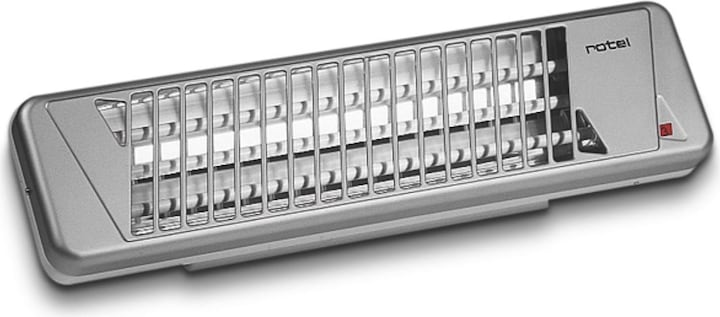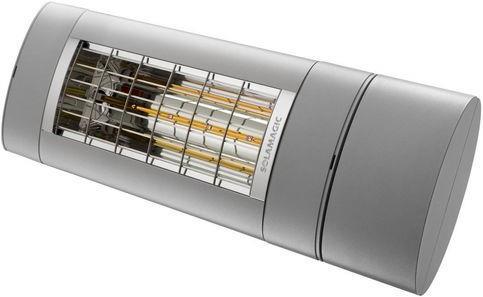

When it gets colder outside, these heaters will warm you up

Summer is over and autumn is slowly showing its cooler side. It's high time to crawl indoors. On particularly cold days and when you come home feeling chilly, fan heaters, radiators and radiant heaters can help. Find out what you need to consider when buying here.
The long evenings on the patio are over, the sun sets early and the garden furniture is packed away for the winter. It takes the place of the fan heaters, radiators and radiant heaters in summer. Because sometimes the heating in your own four walls is not enough to get you up to temperature. Especially after a long walk in the cold, you want nothing more than a lot of warmth - right away. A radiant heater also works wonders on a racelette evening on the balcony or if you like to work in the chilly garage. I've found out how they work and what they're good for.
Fan heater
These heaters fall into the category of direct heaters and heat exactly where they are supposed to. The air is heated using a heating element, which is often made of bare wire or ceramic. The heated air is then distributed in the room by a fan. The high-quality models usually have an integrated thermostat that monitors operation, switches the fan on or off as required or even regulates the temperature itself. Simpler models offer the option of setting different heating levels.
There are special versions depending on the place of use. Fan heaters for the bathroom, for example, have a splash guard, while others offer overheating or tip-over protection. This means there is no risk of fire on wooden or carpeted floors if the fan heater falls over. Frost protection is also an advantage, especially in the garage: it ensures that no frost can form. Timers or timer functions also help with targeted heating operation. Some all-round fans also offer an integrated cooling function for the summer.
Heating radiators
These are so-called mobile electric heaters. In contrast to fan heaters, oil-filled radiators are particularly useful in small rooms that need to be heated evenly. Either as an additional heater or on its own, it warms your own four walls to a pleasant temperature. This type of heater is usually used when a room is used irregularly or only rarely and it is not worth installing a fixed heater for it.
Typically, they consist of a ribbed radiator fitted with rollers. Inside is thermal oil, which acts as a heating medium and is heated by electricity. The ribs then emit the heat evenly into the room. Compared to fan heaters, the heating process takes longer, but the heat storage properties of the oil allow a more continuous heat output. It expands less than water and is an excellent insulator, which is why the heating resistors can be immersed directly in the oil. This increases the efficiency of the heat exchange process. In addition, oil is less corrosive to the installed material, which increases the service life. Oil is also lighter than water. Finally, the background noise of radiators is lower than that of fans.
Convectors, on the other hand, which also fall into the radiator category, work with hot water. The convector draws in cold air using negative pressure and thus sets the warm air circulation system in motion. Hot water flows through a narrow pipe surrounded by aluminium fins, which in turn act as heat exchangers. Generally speaking, oil radiators are more efficient than convectors. However, the idea that hot oil is involved in the heating process is a false deterrent for customers.
Heating radiators
Radiant heaters generate a lot of heat in a very short time and are often portable. They are often used for outdoor areas, the best-known variant being the so-called mushroom heater. They are powered by either gas or electricity, and newer models also work with solar cells. When choosing the right radiant heater, it is important to consider where it is to be used, whether this area is protected from the wind and at what angle the heater needs to be mounted so that it can heat the desired area efficiently.
Infrared radiant heaters also fall into the category of radiant heaters. Here, heat is not generated and emitted, but certain objects are heated directly using electromagnetic radiation. They are used in the bathroom, on the patio or for changing tables, are supplied with a frame depending on the scope of delivery and can also be mounted on the wall. Such radiant heaters can be used indoors and outdoors. Gas radiant heaters, on the other hand, can also be used without a power source, which can be particularly advantageous for large areas.


When I'm not stuffing my face with sweets, you'll catch me running around in the gym hall. I’m a passionate floorball player and coach. On rainy days, I tinker with my homebuilt PCs, robots or other gadgets. Music is always my trusted companion. I also enjoy tackling hilly terrain on my road bike and criss-crossing the country on my cross-country skis.
Practical solutions for everyday problems with technology, household hacks and much more.
Show all